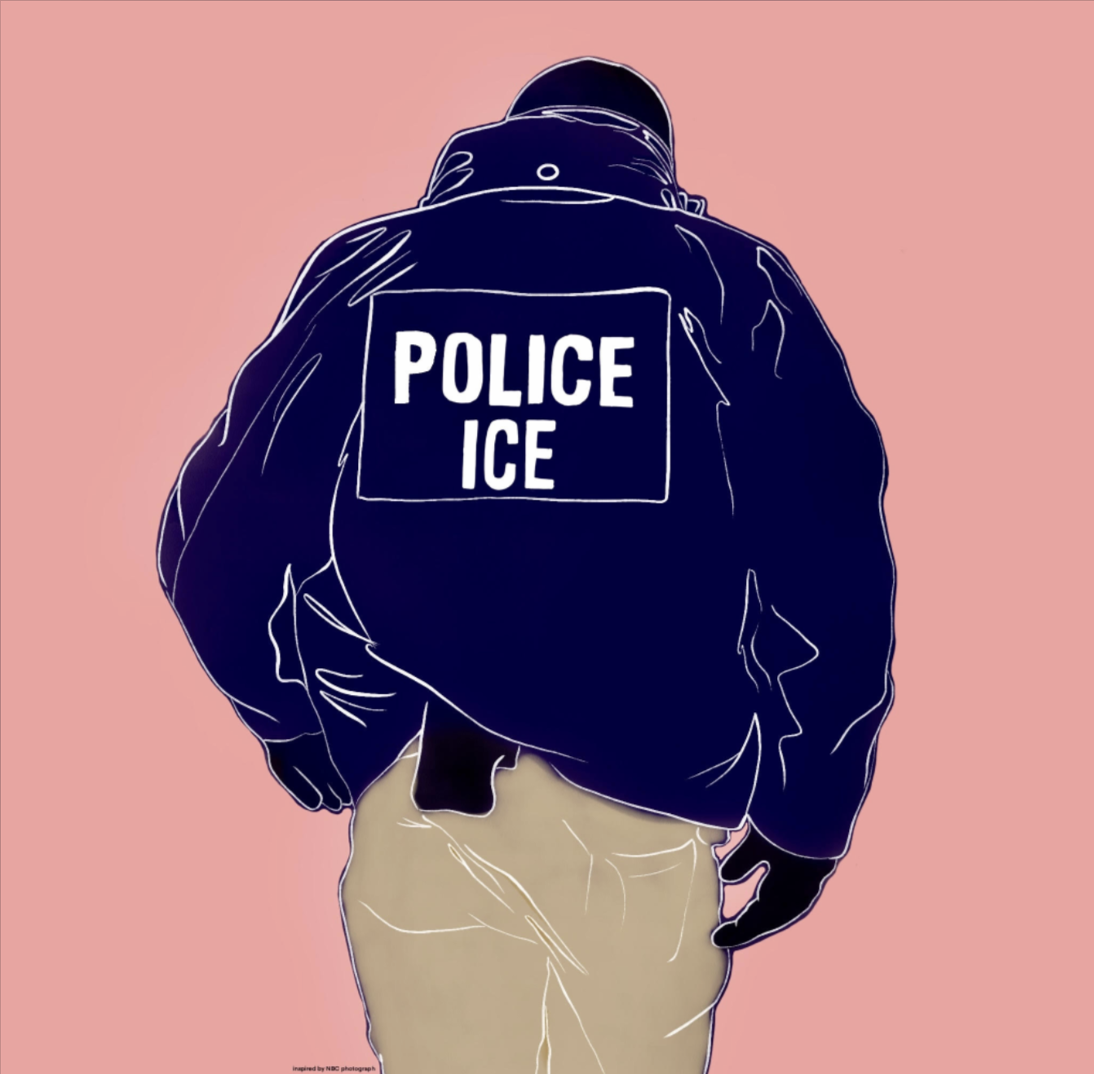Last week, as I was perusing media coverage of the Supreme Court ruling on the case Schuette v. Coalition to Defend Affirmative Action, which upheld Michigan’s ban on considering race, sex, and ethnicity in public university admissions, I was surprised to see how little of the coverage mentioned Asian Americans. Granted, The Atlantic’s Conor Friedersdorf and The Washington Post’s David Bernstein and Ilya Somin all wrote articles that pointed out that the Supreme Court opinions neglected to discuss Asian Americans. Indeed, a quick Ctrl+F of the opinions doesn’t turn up any results for the word “Asian”; neither do searches for “Chinese” or “Japanese.” I even tried looking for the word “Oriental” just in case one of the justices had a predilection for outdated racial descriptors, but found nothing. Meanwhile, searches for terms such as “white,” “Latino,” “black,” and “American Indian” all turned up multiple matches. Friedersdorf, Bernstein, and Somin brought up Asian Americans in the context of criticizing Justice Sotomayor’s dissent, saying that her analysis of the benefits of affirmative action on minorities is weakened if one considers Asian Americans to be minorities as well. However, the issue brought to mind for me is that Asian Americans are usually an afterthought at best in many major discussions of race.
By now, I’m used to reading papers and articles on race in which Asian Americans are shunted into the “other” category, if there even is one. Maybe this is because, relative to other ethnic groups in the U.S., there simply aren’t as many of us. According to the 2010 census, only 4.8 percent of people in the United States reported themselves as Asian, compared to the 12.6 percent and 16.3 percent reported as black or African American and Hispanic or Latino, respectively.
However, within the context of higher education, that reasoning does not hold up. For example, according to the ethnicity reports produced by the University of Michigan’s Office of the Registrar, Asians were the second-largest ethnic group—after whites—and made up over 13 percent of the undergraduate student body in 2013. Asians also make up a substantial portion of the student body at other major institutions, including 18 percent of the domestic College population here at UChicago. Regardless of the stance one holds on the Supreme Court’s recent decision, neglecting to acknowledge the potential impact of policies on more than one out of every 10 students is irresponsible.
And while Asians have been deemed “overrepresented” in college, they are hardly overrepresented in the media, which plays a large role in shaping discussions on race. As far as I know, the three writers I mentioned above are not of Asian descent. Even though acknowledging the existence of Asians is a reasonable start, I also would have liked for the same mainstream publications to have included an Asian perspective on Schuette v. Coalition’s broader implications for racial equality. However, my concern is that the space for Asians in discussions on race is so ill-defined that any attempt to expand that space might lead to accusations of trying to co-opt the conversation.
Despite believing that Suey Park’s #CancelColbert campaign—a response to a joke that The Colbert Report tweeted concerning Asians—was misguided, I was also frustrated by criticism that she had made the prevailing conversation all about Asians instead of about Native Americans. Even though the conversation had originally revolved around Redskins owner Dan Snyder creating a foundation to support Native Americans, technically it was The Colbert Report, not Suey Park, that dragged Asians into the conversation. If Asians are criticized for talking about ourselves when somebody else brings us up, it’ll probably be even more challenging to be the ones to initiate the conversation.
Thus, we should focus on using language that makes clear that Asians are by default a part of any conversation on race. The current conversation surrounding Schuette v. Coalition has used “minorities” as shorthand for “underrepresented minorities.” To a certain degree, I can understand the shortcut, but given that Asians belong to one group and not the other, Asians may or may not be minorities depending on whatever ideological point the speaker is trying to make. The vague terminology we use to describe Asians now contributes to the sense that Asians are not “real” minorities, and that therefore our contributions to discussions on discrimination and equality are less valid.
Though it might be dreadfully inconvenient to have to distinguish between “underrepresented minorities” and “minorities,” and to have to tack on “Asian” while listing ethnicities, more precise language is fairer to everyone. In order to have the hoped-for honest, open conversations about race, the conversations actually have to be open to everyone.
Jane Huang is a fourth-year in the College majoring in chemistry.







